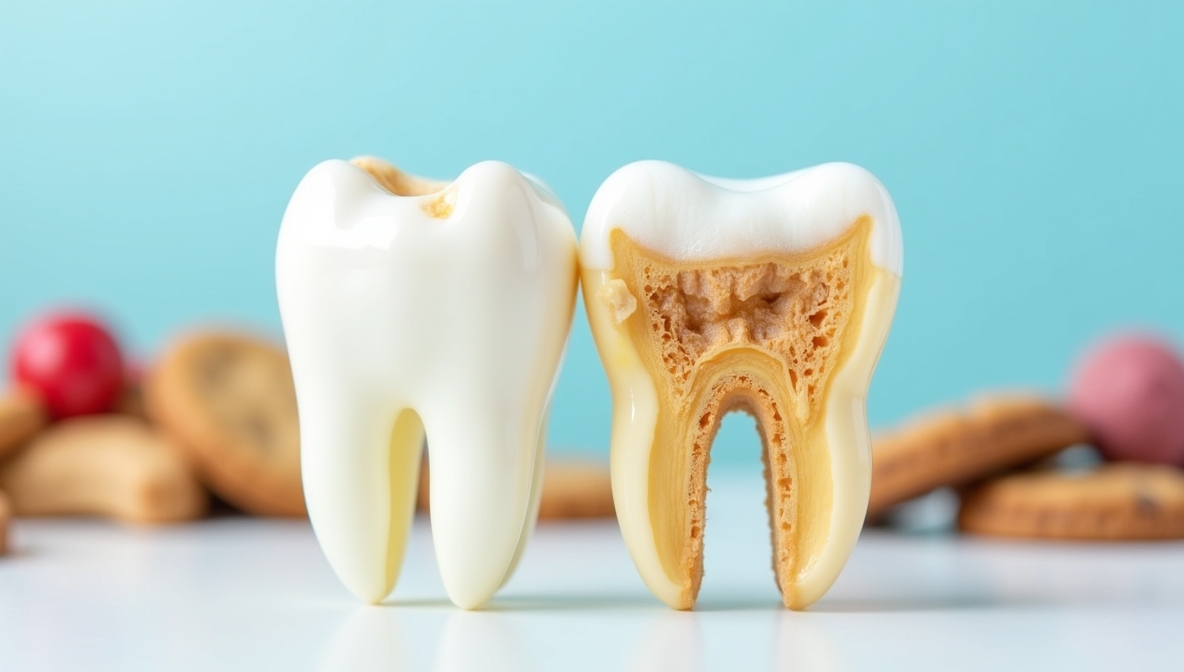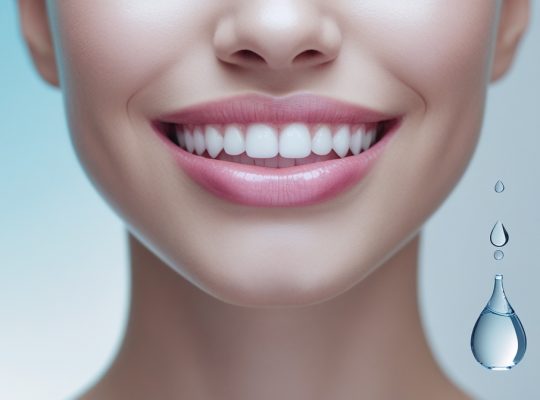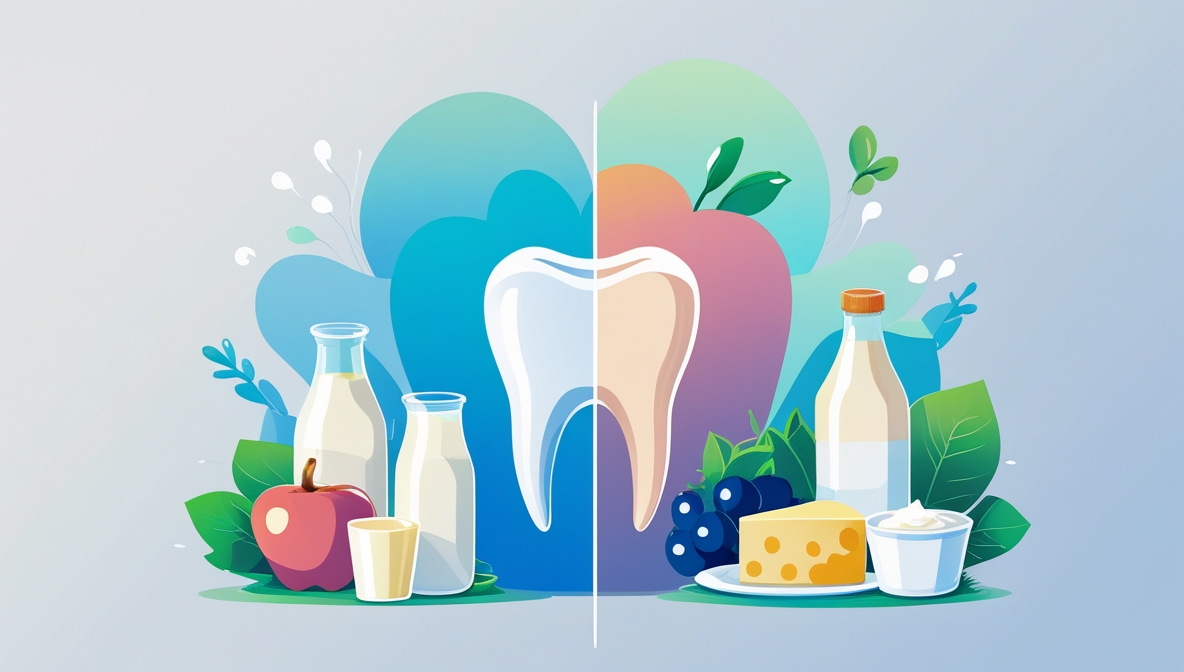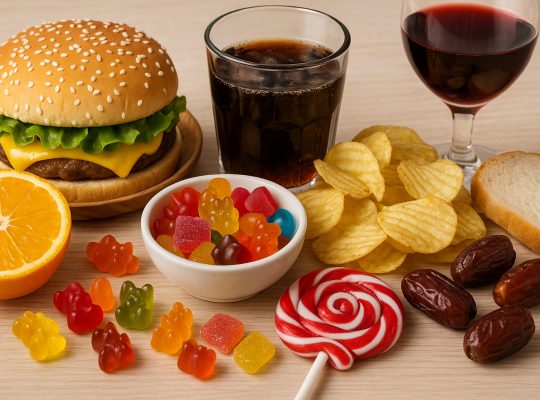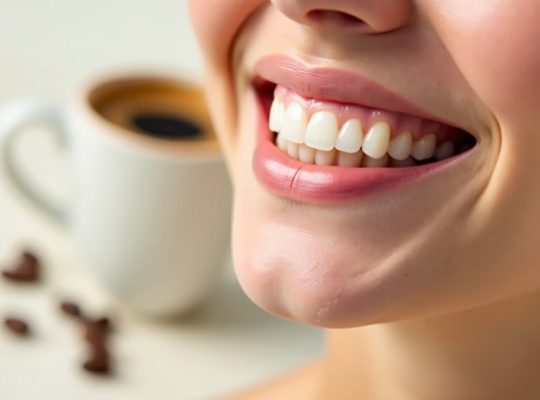It might surprise you to know that the very drinks many people consume every day could be quietly causing irreversible damage to their teeth. Soda, with its fizzy, sweet allure, seems harmless enough, but it can be a silent culprit in the erosion of your tooth enamel. While most people know that sugary drinks can be bad for their health, few realize the extent to which soda’s acidic nature can wear down the protective layer of enamel on your teeth. This blog will explore exactly how these drinks affect your dental health and what you can do about it.
The Chemistry Behind Tooth Enamel and Acidity
Before we dive into how soda impacts your enamel, it’s helpful to understand what tooth enamel is and how it works. Enamel is the hard, protective outer layer of your teeth. It serves as the bodyguard of your teeth, safeguarding them against daily wear and tear. Enamel is the hardest substance in the human body, but it is not indestructible.
When exposed to acid, enamel can slowly weaken and break down. The acids in soda play a key role in this process. These drinks have a low pH, meaning they are acidic, which creates an environment that gradually depletes the minerals in enamel. The more acidic a beverage is, the faster this process can occur.
How Soda’s Acidity Affects Your Enamel
The acids found in soda, such as citric acid and phosphoric acid, are the main offenders when it comes to enamel erosion. These acids work by breaking down the minerals in your enamel, causing it to become softer and more prone to damage.
Once enamel starts to weaken, it loses its ability to protect your teeth. This can lead to more serious dental problems, including sensitivity, discoloration, and even cavities. But how does this erosion happen?
The Role of Sugar and Acids in Soda
Soda not only contains acids but also a large amount of sugar. While sugar itself doesn’t directly erode enamel, it provides food for the harmful bacteria in your mouth. These bacteria produce acids as they feed on sugar, which can intensify the damage caused by the acidity of the soda itself.
It’s a double whammy: the acids in the soda attack your enamel directly, and the sugar fuels bacteria that produce even more acid. This combination creates a harmful cycle that can quickly wear down the enamel on your teeth.
Frequent Exposure to Soda
The more frequently you consume soda, the more exposure your teeth have to these damaging acids. If you sip on soda throughout the day, your teeth are constantly exposed to the acids, allowing enamel erosion to continue without interruption. Even a single soda a day, when consumed regularly, can add up to significant enamel damage over time.
It’s not just the amount of soda you drink that matters, but also how often you drink it. Taking long sips over an extended period, such as sipping on a can of soda during the day, increases the time your enamel is exposed to harmful acids. The longer the exposure, the greater the damage.
Signs Your Enamel Might Be Eroding
Enamel erosion doesn’t happen overnight. It is a gradual process that can go unnoticed until it’s too late. There are, however, signs you can look for that may indicate enamel erosion.
Sensitivity
One of the first signs that your enamel is eroding is tooth sensitivity. You might notice discomfort when eating or drinking hot, cold, or sweet foods. This happens because the enamel, which protects the sensitive layers underneath, is no longer fully intact. Without it, nerves in the tooth are more exposed to temperature changes.
Discoloration
As enamel wears away, the underlying dentin in your teeth becomes more visible. Dentin is naturally yellowish, so as your enamel thins, your teeth might appear more yellow or dull. This discoloration is a common sign of enamel erosion.
Chipped or Rounded Edges
Another sign of enamel erosion is the gradual rounding or chipping of the edges of your teeth. As the enamel wears down, your teeth lose their sharp, defined edges and begin to look more rounded or worn. In severe cases, this can lead to significant tooth damage.
How to Protect Your Teeth from Soda’s Harmful Effects
It’s clear that soda’s acidity poses a threat to your enamel, but the good news is there are steps you can take to protect your teeth and prevent further damage.
Drink Soda in Moderation
The simplest and most effective way to prevent enamel erosion from soda is to limit your intake. Instead of reaching for a soda every day, consider cutting back to only occasional indulgences. If you’re going to drink soda, try to have it in one sitting rather than sipping on it throughout the day.
Rinse Your Mouth with Water After Drinking Soda
After consuming soda, rinse your mouth with water to help neutralize the acids and wash away any residual sugars. This can help reduce the time that acids linger on your teeth, preventing them from causing more damage. Avoid brushing your teeth immediately after drinking soda, as your enamel may be softer and more vulnerable at that time.
Use a Straw
Drinking soda through a straw can help limit the contact the liquid has with your teeth. By directing the soda toward the back of your mouth, you reduce the amount of exposure your enamel has to the acids. While this doesn’t eliminate the problem entirely, it can make a noticeable difference.
Choose Soda Alternatives
Switching to less acidic beverages can also be a great way to protect your enamel. Opt for drinks that are less sugary and have a higher pH, like water, milk, or unsweetened iced tea. These drinks won’t harm your enamel and can help keep your teeth healthy in the long run.
Chew Sugar-Free Gum
Chewing sugar-free gum after drinking soda can help stimulate saliva production, which naturally neutralizes acids in the mouth. Saliva is your body’s natural defense against enamel erosion, as it helps repair and remineralize teeth. Make sure to choose gum that is sugar-free to avoid adding more sugar into the equation.
The Long-Term Effects of Soda on Your Teeth
Even with preventive measures, the long-term effects of soda on your enamel can be serious if the habit continues over time. Enamel is not something that can regenerate. Once it’s gone, it’s gone for good. This means that the more you expose your teeth to soda, the higher the risk of permanent damage.
If enamel erosion goes untreated, it can lead to a number of dental issues. This includes increased tooth sensitivity, a higher risk of cavities, and even tooth decay. In severe cases, the damage can become so extensive that a dental crown or filling may be needed to restore the tooth’s functionality.
Final Thoughts
Soda may be a popular drink, but its acidic nature makes it a major player in the erosion of your enamel. The acids and sugars it contains can weaken your enamel over time, leading to serious dental issues. However, by understanding how soda affects your teeth and taking preventive steps, you can reduce the damage it causes and protect your smile for the long term.
Being mindful of your soda consumption and incorporating habits like drinking with a straw, rinsing with water, and using sugar-free gum can go a long way in preserving your enamel. After all, a healthy smile starts with taking care of the protective layers that keep your teeth strong. So next time you reach for that can of soda, remember that your enamel may be silently paying the price.

